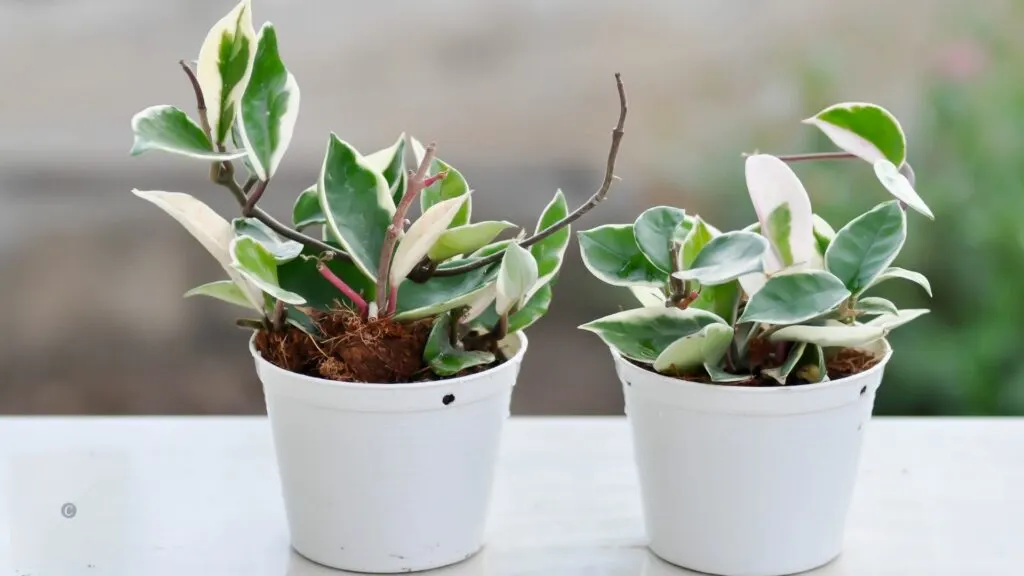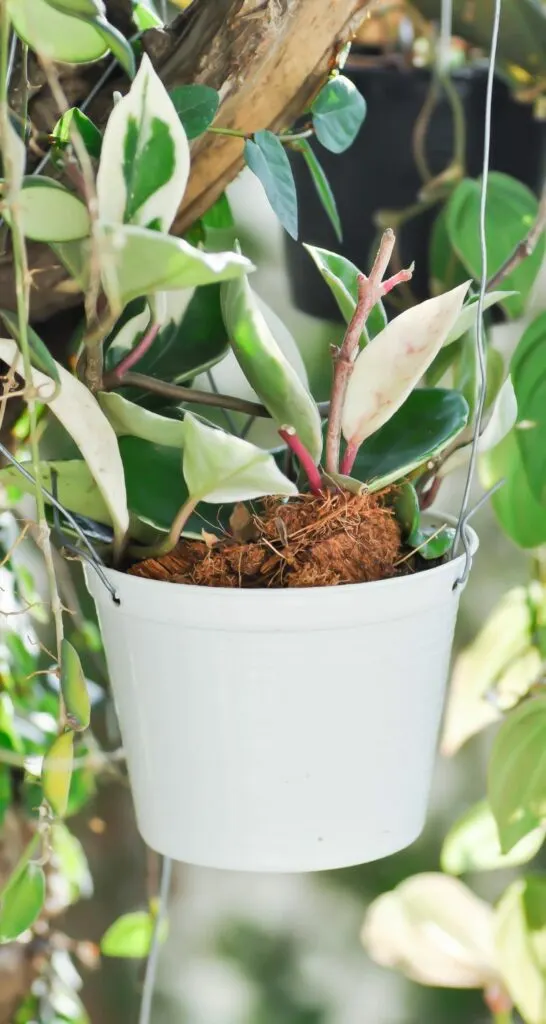Imagine walking into a room adorned with lush, trailing vines that seem to shimmer with a delicate, waxy sheen. This enchanting scene could easily be attributed to a collection of Hoya plants, a genus renowned for its striking appearance and captivating floral displays. Enthusiasts and collectors alike are drawn to Hoyas for their unique beauty and intriguing diversity. In this article, we will delve into the fascinating world of Hoya plants, exploring their unique and exotic varieties and providing insights into their care and cultivation. Whether you are a seasoned collector or new to the world of Hoyas, this guide will enrich your understanding and appreciation of these remarkable plants.

Overview of Hoya Plants
Hoya plants, commonly known as wax plants, are a genus of tropical flowering plants native to Asia and Australia. They belong to the Apocynaceae family, characterized by their waxy, succulent leaves and their ability to produce stunning, star-shaped flowers. These plants are renowned for their hardy nature and their ability to thrive in various indoor environments, making them a popular choice for plant collectors and enthusiasts.
Hoyas exhibit a range of growth habits, from trailing vines to compact, bushy forms. Their foliage is often thick and waxy, contributing to their resilience and unique aesthetic. The flowers, typically arranged in clusters, are not only visually appealing but also emit a sweet, honey-like fragrance that enhances their allure. For those who enjoy discussing plants with fellow enthusiasts, unsolicited plant talks can often lead to discovering new varieties and learning more about Hoya care. These conversations might provide insights into the unique traits of Hoyas and how they compare to other plant species.
Popular Hoya Varieties
One of the most recognizable members of the Hoya genus is the Hoya carnosa, often referred to as the wax plant. This species is celebrated for its attractive, waxy leaves and its clusters of star-shaped flowers that bloom in shades of pink, white, or red. The Hoya carnosa is a robust plant that can thrive in a variety of conditions, making it a favorite among collectors. There are several popular cultivars of Hoya carnosa, including the “Compacta,” with its curly leaves, and the “Krimson Queen,” known for its striking variegated foliage. Each variety offers its charm and appeal, contributing to the plant’s enduring popularity.
The Hoya publicalyx is another noteworthy variety, distinguished by its distinctive foliage and unique flower clusters. This species features long, slender leaves with a pronounced silver sheen, giving it a distinctive appearance. The flowers of Hoya publicalyx are typically star-shaped and come in shades of pink or red, adding a splash of color to any collection.
This Hoya is appreciated for its relatively easy care requirements and its ability to adapt to different environments, making it a great addition to any Hoya enthusiast’s collection.
Exotic Hoya Varieties

Hoya sigillatis is a rare and exotic species that captivates collectors with its unusual leaf patterns and striking flowers. The leaves of Hoya sigillatis are typically covered in silver speckles, creating a shimmering effect that adds to its allure. The flowers are usually star-shaped and come in shades of pink or white, adding a touch of elegance to the plant.
This Hoya is relatively challenging to find, which adds to its appeal among collectors. Its unique appearance and rarity make it a prized addition to any Hoya collection.
Hoya linearis is an intriguing species with long, trailing vines that give it a distinct appearance. The leaves of Hoya linearis are narrow and elongated, adding to the plant’s unique aesthetic. The flowers are typically small and white, arranged in clusters that enhance the plant’s visual appeal. Hoya linearis is a great choice for collectors looking for a plant with a unique growth habit and a captivating floral display.
How to Care for Exotic Hoyas
Hoya plants generally thrive in bright, indirect light. While they can tolerate lower light conditions, they grow best when exposed to ample light, which encourages healthy growth and vibrant flowering. Direct sunlight can scorch the leaves, so it is best to provide filtered light or place the plants in a spot with bright, indirect sunlight. Temperature-wise, Hoyas prefer a warm environment, typically ranging from 60 to 80 degrees Fahrenheit. They are sensitive to cold temperatures and should be protected from drafts and sudden temperature changes.
Hoyas prefer a well-draining soil mix that retains some moisture but does not become waterlogged. A mix of peat, perlite, and orchid bark is often recommended for optimal drainage and aeration. Overwatering can lead to root rot, so it is essential to allow the soil to dry out slightly between waterings. When watering Hoyas, it is crucial to ensure that the water thoroughly reaches the root zone. Allow the top inch of soil to dry before watering again. During the winter months, reduce the frequency of watering to accommodate the plant’s slower growth rate.
Conclusion
In exploring the diverse and exotic world of Hoya plants, collectors are introduced to a captivating array of varieties, each with its unique charm and appeal. From the well-known Hoya carnosa to the rare and sought-after Hoya sigillatis, these plants offer a fascinating journey for enthusiasts and collectors alike. By understanding their care requirements and engaging with the broader Hoya community, collectors can build a thriving collection and enjoy the beauty and diversity of these remarkable plants.

Jessi is the creative mind behind The Coffee Mom, a popular blog that combines parenting advice, travel tips, and a love for all things Disney. As a trusted Disney influencer and passionate storyteller, Jessi’s authentic insights and relatable content resonate with readers worldwide.
